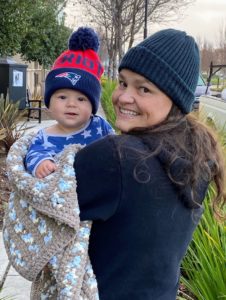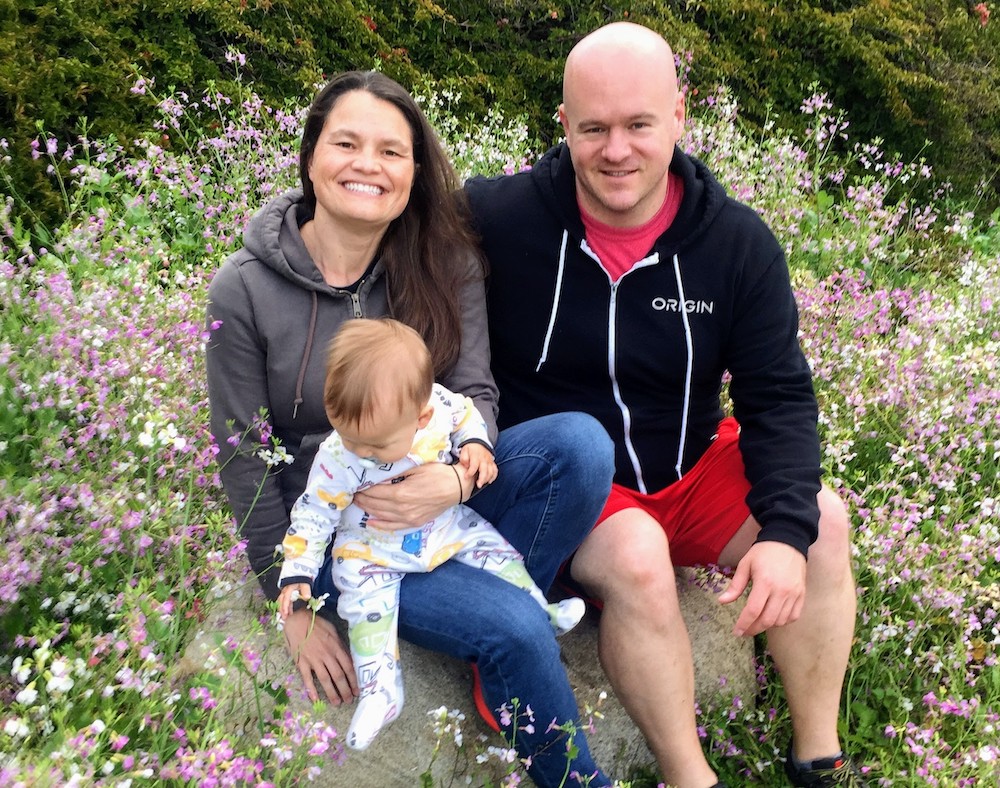Why are some people more likely to get dementia? Researcher seeks clues in Kaiser Permanente data
Dementia cases are on the rise as the U.S. population ages and the burden is not distributed equally among the population — women are more likely to experience it, as are certain racial/ethnic minorities, such as African Americans and native populations.
Kaiser Permanente Division of Research staff scientist Paola Gilsanz, ScD, is exploring the reasons for these inequities. In published high-profile papers, she uses Kaiser Permanente data to explore risk factors across the life course — ranging from the state where someone was born to chronic conditions they had in midlife — that may account for disparities in dementia risk.

Gilsanz joined DOR as a staff scientist in 2018 after working with DOR investigators as a postdoctoral fellow in aging at the University of California, San Francisco. She has a doctorate in social epidemiology from Harvard University and master of public health in epidemiology and biostatistics from the University of California, Berkeley. Gilsanz recently received funding from the Alzheimer’s Association and the National Institute on Aging.
How did you get interested in becoming a research scientist?
I first heard about public health as a junior in high school and was drawn to the ability to look at health from the population level as opposed to the individual level. I am interested in epidemiological research in particular because I love how data can give a voice to underserved populations.
What kind of research do you do and why is it important?
Approximately 14% of Americans ages 71 and older are affected by dementia and the burden is unevenly distributed with women and some minority groups at higher risk of dementia. My research focuses on understanding the social and biological factors that drive the differences in dementia risk. I’ve looked at the association between the characteristics of where someone was born and dementia risk, the amount of time between women’s first and last menstrual period and risk of dementia, and how traumatic brain injury is related to dementia among people with type 2 diabetes.
How are you using Kaiser Permanente data to explore these questions?
A lot of my research takes advantage of data from the Multiphasic Health Checkups, which were voluntary exams of Kaiser members in Oakland and San Francisco between 1964 and 1996. These exams collected data through questionnaires and clinical measurements on a wide range of factors including demographics, health histories, social factors, and cardiovascular health. People could participate in more than one of these checkups, which means we have very rich data with multiple time points. These data from midlife can be used to provide insights about risk factors for dementia later in life.
What questions do you look forward to working on in the future?
I’m very excited to have received funding to continue looking at disparities in dementia risk both by sex and race/ethnicity. With support from the National Institute on Aging I’m examining the role of education quality and occupation complexity as possible drivers of racial and ethnic inequities in dementia risk. Through support from the Alzheimer’s Association and The Judy Fund, I’m exploring possible social and biological drivers of sex disparities in dementia and cognition decline. Another question I’m interested in is why people with type 2 diabetes have a higher risk of dementia than the general population. I’ll be able to explore this question thanks to funding from the National Institute on Aging. Overall, my goal is to inform interventions that help everyone experience healthy brain aging.
What do you like to do in your free time?
I love spending time with my husband and our 9-month-old son. We like to go on family walks and spend time outdoors with friends. We also love to travel and experience new food and cultures.





This Post Has 0 Comments